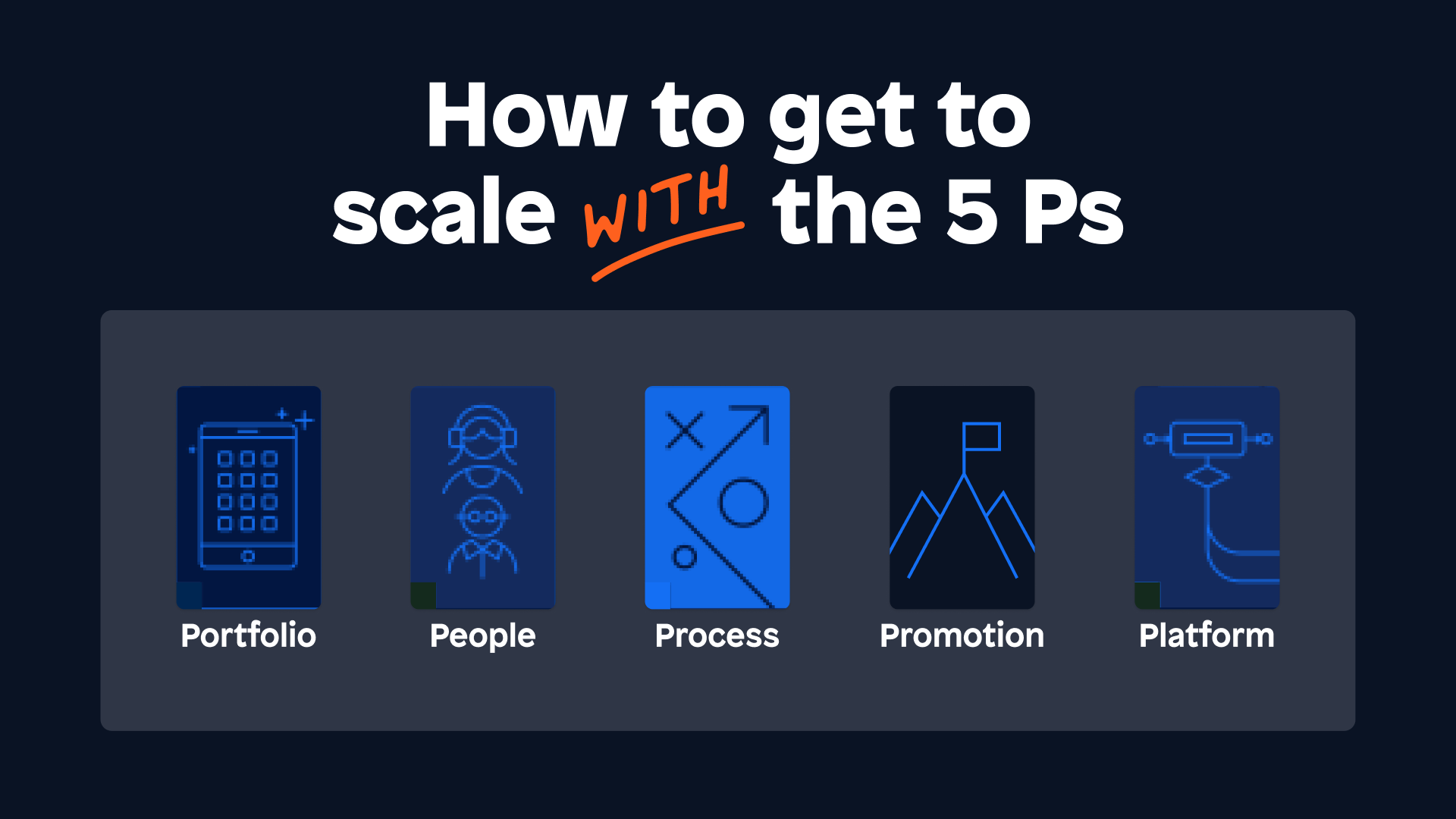How to Bridge the Gap Between IT & Business with Low-Code

Traditional development has evolved tremendously in the last couple of years. It used to be that development was strictly done by professional coders, whose sole focus was on creating applications as efficiently as possible. The business rationale behind developing the app played little role in their coding decisions. The developers’ responsibility was simply to build the apps they were instructed to make with as few lovingly crafted code lines as possible.
Planning and building apps this way, however, is a bit like laying out a train track starting from both ends. Great care and skill can go into the market planning on one end and into the coding on the other. But when the business and development teams meet in the middle, not only might they find that the tracks they built don’t line up, but that one team built tracks for a trolley, and the other team for a bullet train.
That’s why companies are hiring people more frequently with both business and programming knowledge—people who can build the track out from the middle. Gartner calls this class of professional business technologists and defines them as “employees who build technology or analytics capabilities for internal and external business use, but exist outside of IT departments.” Gartner estimates that business technologists make up 41% of the workforce.
The impact of the business technologist
In the days of the code crafter, business leaders would tell the development team, “We need an app that meets this market need.” The development process would disappear into a black box, and a few months later an application would come out fully formed.
The trouble with that system was the marketplace could be a completely different landscape after those few months. The founder of Mendix, Roald Kruit, would say, “Applications arrive obsolete.” What he meant was that by the time you finish developing an app, your understanding of the business needs that led you to create it had evolved.
The presence of business technologists in the application delivery ecosystem keeps business needs always at top of mind in the development process. According to Gartner, integrating business technologists into a multidisciplinary development team doubles that team’s performance rate. Gartner estimates that by 2024, 80% of technology services will be built by business technologists.
To maximize this performance impact, companies are pairing the skills of their business technologists with a development process that emphasizes constant iteration rather than a final delivery for their application. This lets them continuously appraise their business needs during each iteration cycle and compare it to the business value the app is generating.
The hiring qualities that matter
Companies are increasingly attempting to differentiate themselves on the customer experience they provide. But Gartner has found that 70% of customer experience leaders struggle in creating their projects. Hiring business technologists with knowledge of the customer journey is a crucial way to keep development projects aligned with customer experience needs. Incorporating business technologists into the workforce has been made much easier in part by low-code and no-code platforms that don’t demand extensive development experience. Any employee with an innovative idea can bring it to life after minimal platform training.
The democratization of development has organizations changing their priorities when making hiring decisions. When you’re building a team to create an innovative solution or core application, you don’t need to be as concerned anymore with a candidate’s technical knowledge or with their development expertise. You no longer need to hunt for the right bullet point on their resume.
Instead, you can judge candidates by qualities that may be a bit more intangible, but also integral to organizational success, such as creativity, business acumen, and analytical capabilities. The hiring standard switches from finding someone who has a good idea of how to use the tools to finding someone who has a good idea of what to build with the tools.
Changing the way you build
This change in whom an organization hires to build its applications inevitably brings about a change in how the organization builds those applications. The days of creating complex, enterprise-spanning solutions are nearing an end. Those types of projects require in-depth development expertise that business technologists are crowding out of organizations. They also require concentrating resources and control in the hands of the IT team, an organizational model that low-code tools are making obsolete.
Instead, organizations must begin decentralizing application development. They need to trust that each team knows what solutions work best for their needs and give those teams the tools to build those solutions. For years, this farming out of development responsibilities, “shadow IT,” was discouraged by organizations afraid of compliance risks and incompatible systems. But business technologists are leading shadow IT out from the shadows.
This is not to say that application development has become a free-for-all. Coordination and leadership remain crucial for building effective solutions in a timely and efficient manner. There are several models to follow, and Mendix has experience helping its customers organize along these models.
A center of excellence, for example, allows an organization to create a central repository of development expertise, reusable components, and governance guidance that business teams can access as they build their specialized solutions. And those teams can be constructed as fusion teams that bring together members with different knowledge specialties—coding, sales, market analysis, logistics, compliance—to create a specific product in a specific timeframe.
Here’s a little more information about fusion teams:

Everyone has the same job: building success
The end goal of the democratization of application development, with the help of tools like the Mendix low-code platform, is to stop building the train tracks with the IT people starting on one end and the businesspeople starting on the other. I never understood that. Whether you’re from sales, HR, IT, or marketing, everybody should be starting from the same business goal, right? So let’s stop focusing on candidates’ backgrounds or training or expertise. Let’s focus on whether they will help our business succeed and then put the tools in their hands they need to build that success and help the company scale.